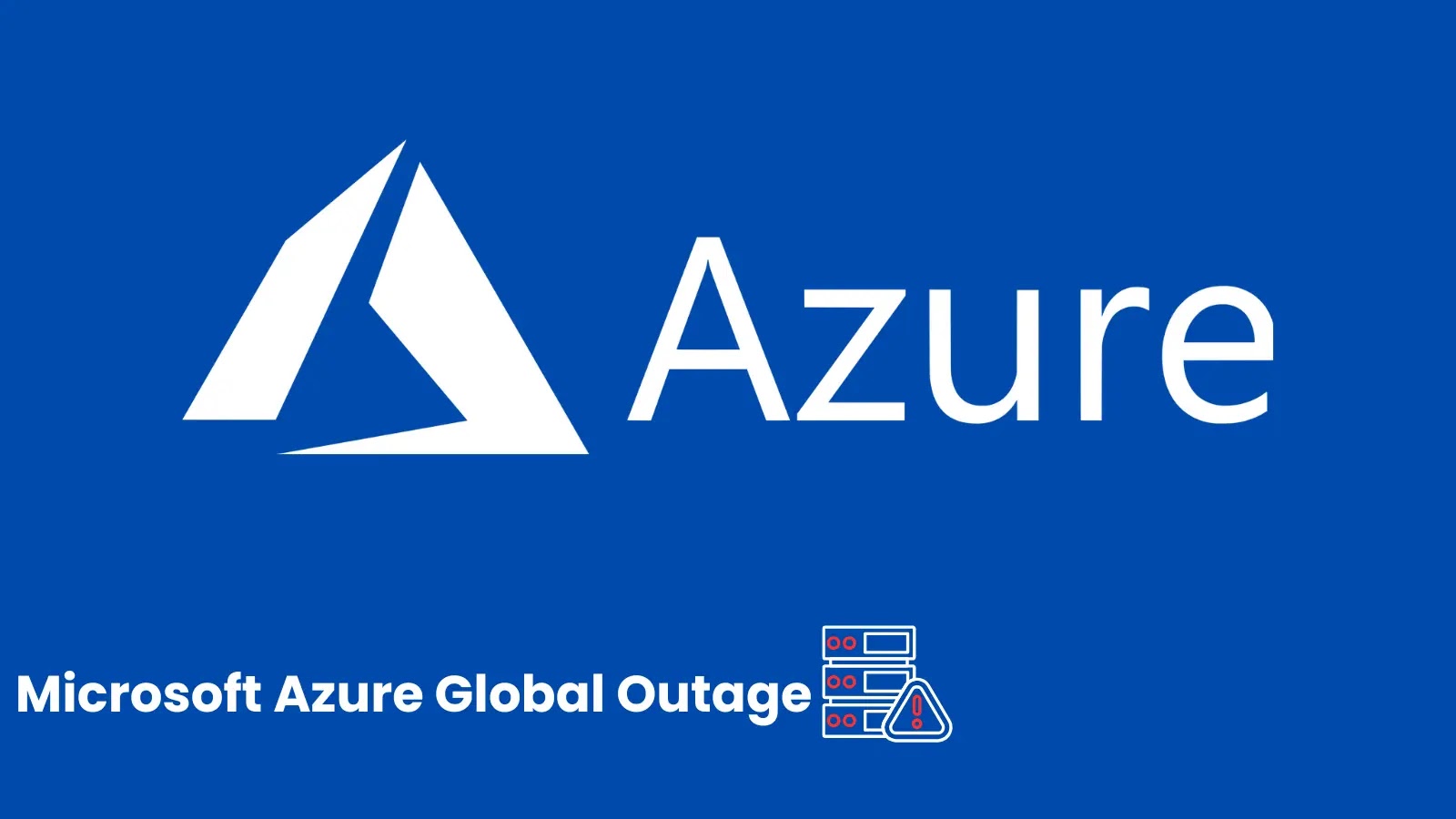On October 9, 2025, Microsoft Azure, a leading cloud computing platform, experienced a significant service disruption that affected customers across Europe and Africa. The outage commenced around 07:40 UTC and was primarily attributed to a substantial capacity loss within Azure Front Door (AFD), Microsoft’s cloud-native Content Delivery Network (CDN).
Scope and Impact of the Outage
The disruption led to intermittent connectivity issues, with users reporting difficulties accessing various Azure services. Notably, the Azure Portal itself became inaccessible, preventing administrators from managing their cloud infrastructure effectively. This incident underscores the critical reliance of global businesses on cloud service availability and highlights the cascading effects that can result from failures in core components like CDNs.
According to Microsoft’s service health status page, internal monitoring systems detected a significant capacity loss, of about 30% of Azure Front Door instances. The degradation predominantly affected environments in Europe and Africa, with specific regions impacted including North Europe, West Europe, France Central, South Africa West, and South Africa North.
Azure Front Door is designed to provide a secure and scalable entry point for web applications, accelerating content delivery and enhancing global performance. Its failure effectively cut off the front door for many services, rendering them inaccessible to end-users even if the backend infrastructure remained operational.
Microsoft’s Response and Communication
Microsoft promptly acknowledged the incident through its official channels. The Azure Support team on X (formerly Twitter) confirmed an ongoing outage and stated that their engineering teams were actively working toward a resolution. In a more detailed impact statement, the company noted it was investigating the underlying factors that may have triggered the sudden capacity loss. As of 10:14 UTC, Microsoft had ruled out any recent deployments as a potential cause for the event, suggesting the root cause may be more complex. The company promised to provide further updates within 60 minutes or as the situation evolved, while also engaging with affected customers directly via direct messages to gather specific subscription details for better assistance.
User Reactions and Broader Implications
The outage triggered a swift reaction from the global developer and IT community, with many taking to social media to report the issues and express their frustration. The inability to access not just their public-facing services but also the Azure Portal itself was a significant point of concern, as it left administrators in the dark and unable to implement potential workarounds.
This incident is not isolated. Microsoft Azure has experienced several significant outages in recent years. For instance, on July 30, 2024, a Distributed Denial-of-Service (DDoS) attack led to a global Azure outage lasting nearly 10 hours. The attack caused an unexpected usage spike, overwhelming Azure Front Door components and Azure Content Delivery Network (CDN), leading to intermittent errors, timeouts, and latency spikes. An error in Microsoft’s defense mechanisms amplified the impact of the attack rather than mitigating it. The company responded by implementing networking configuration changes and performing failovers to alternate networking paths. The initial mitigation efforts successfully addressed the majority of the impact by 14:10 UTC. However, some customers continued to experience less than 100% availability until around 18:00 UTC.
Another notable incident occurred on September 6, 2025, when multiple undersea fiber cuts in the Red Sea disrupted major international internet connectivity between Europe, Asia, and the Middle East. Microsoft confirmed that two key undersea cable systems, SEA-ME-WE-4 and IMEWE, were damaged near Jeddah, Saudi Arabia. As a result, Azure cloud services experienced increased latency and performance issues, especially for users in South Asia and the Gulf. Microsoft rerouted traffic, but disruptions persisted due to the limited availability of repair ships and the Red Sea’s geopolitical sensitivity.
These incidents underscore the vulnerability of global digital infrastructure and the importance of robust contingency planning. Organizations relying on cloud services must consider the potential for such disruptions and develop strategies to mitigate their impact. This includes diversifying service providers, implementing multi-cloud strategies, and ensuring that critical services have failover mechanisms in place.
Conclusion
The October 9, 2025, Microsoft Azure outage serves as a stark reminder of the complexities and interdependencies inherent in modern cloud computing. As businesses continue to migrate to cloud platforms, understanding and preparing for potential service disruptions becomes increasingly vital. Microsoft’s ongoing efforts to enhance the resilience of its services are crucial, but organizations must also take proactive steps to safeguard their operations against unforeseen outages.



